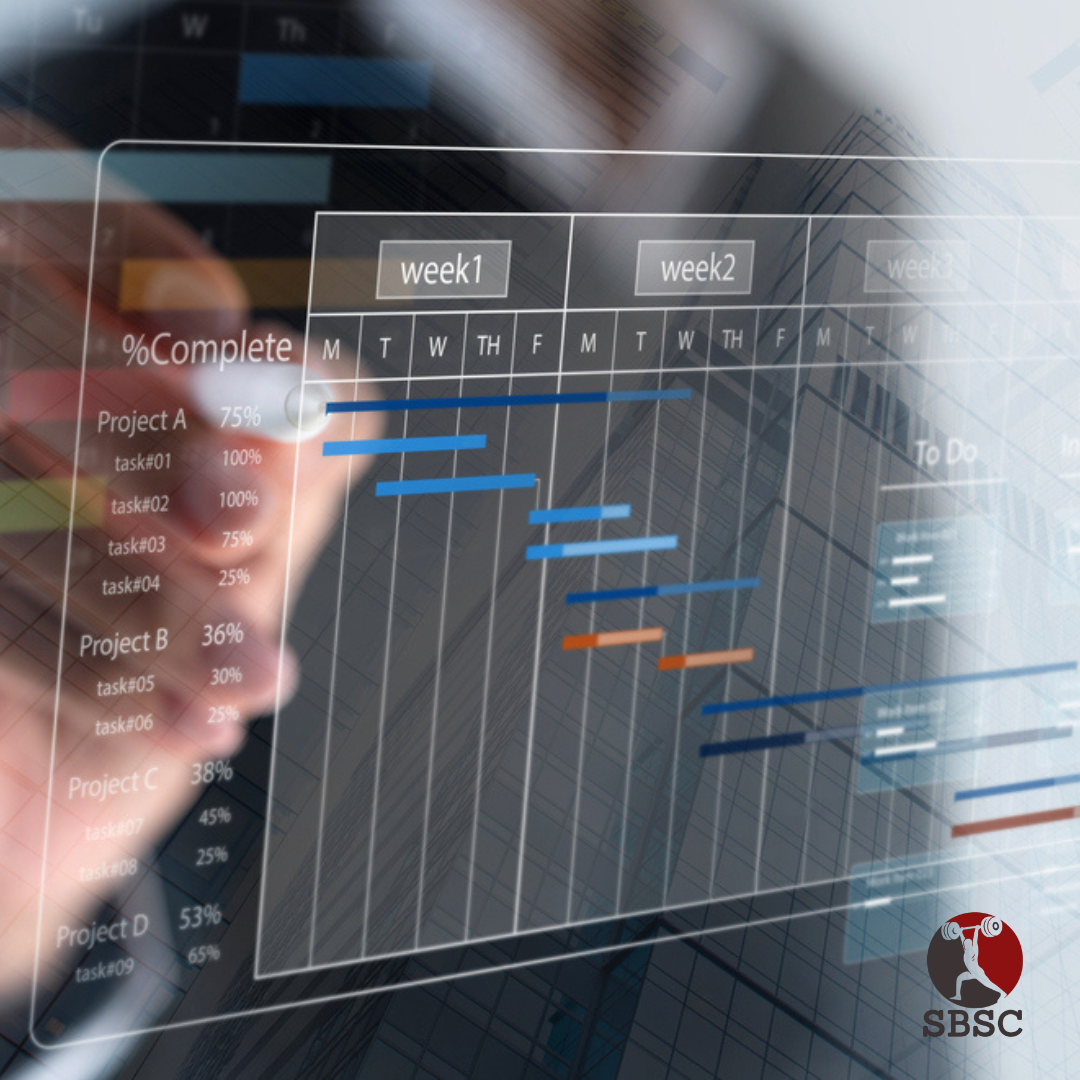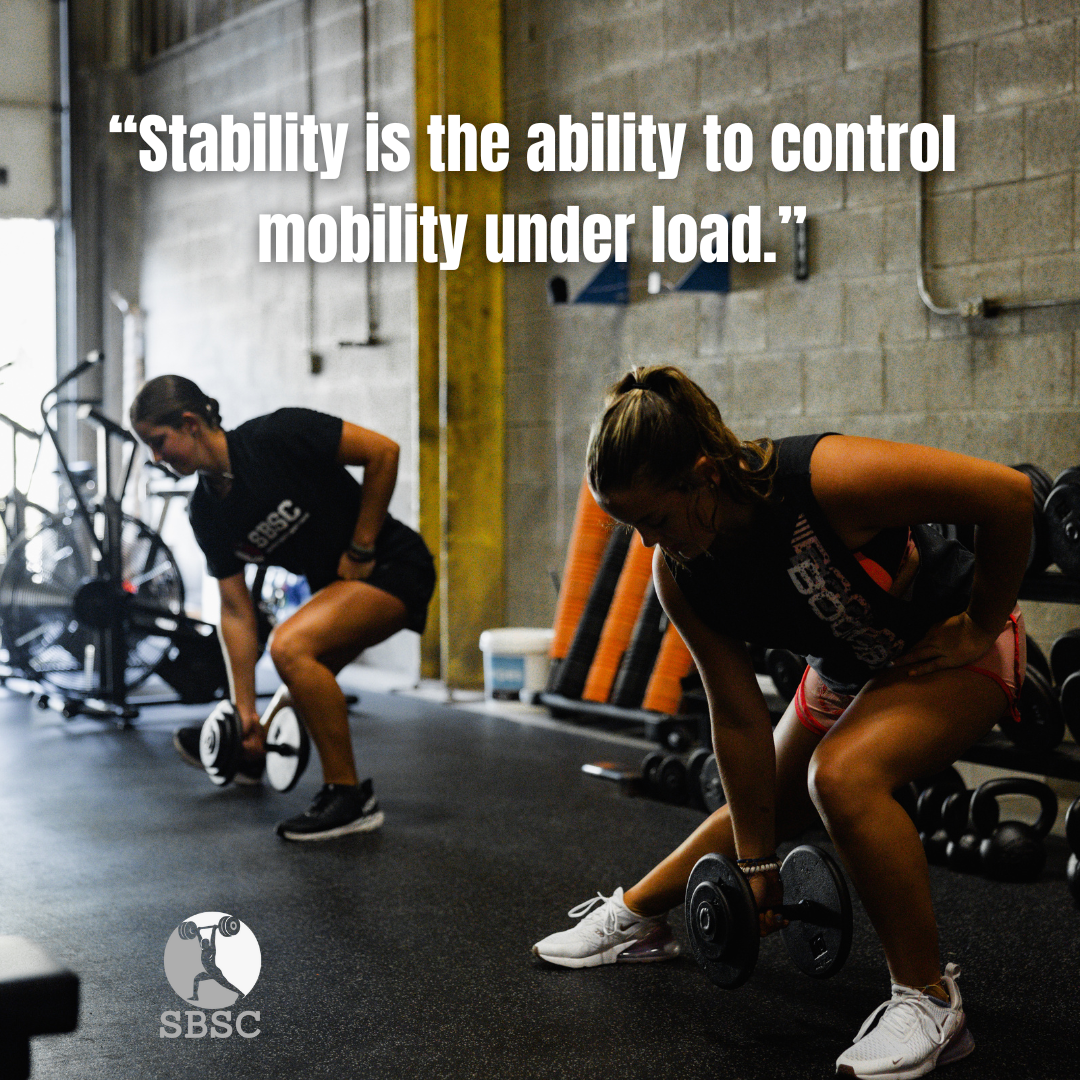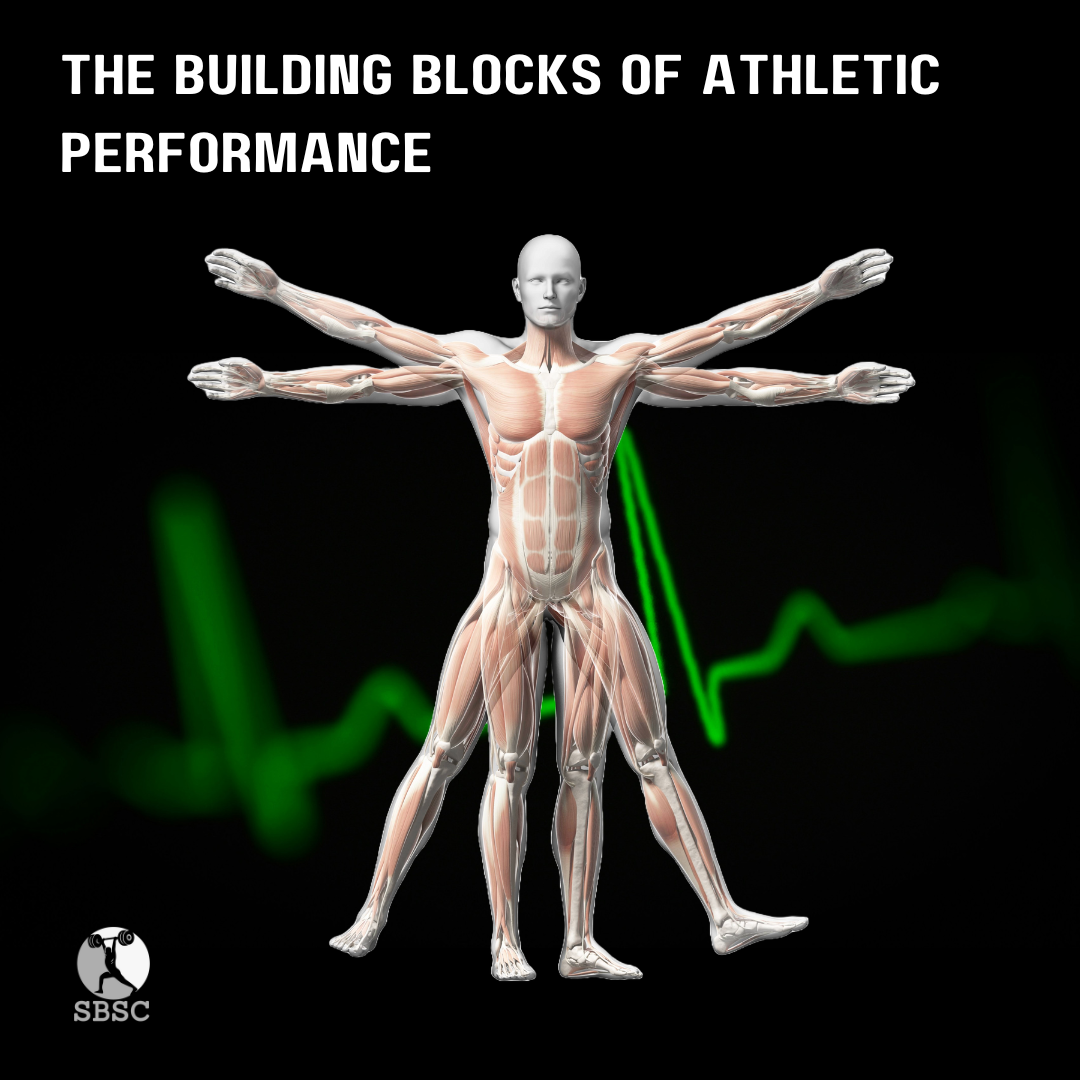Preventing Burnout in Young Athletes: Effective Strategies to Thrive
As a strength and conditioning coach, one of the most crucial aspects of my role is improving athletic performance while ensuring young athletes’ overall well-being.
Burnout, unfortunately, is a prevalent issue that can affect athletes of all ages, but it’s particularly concerning among young athletes who are still developing physically, mentally, and emotionally.
In this article, we’ll dig into what burnout entails for young athletes, how we can identify its signs early on, and effective strategies backed by research to prevent it and foster a healthy, enjoyable sports experience.
Understanding Burnout in Young Athletes
Burnout is more than just feeling tired or temporarily unmotivated—it’s a state of chronic stress that can lead to physical, emotional, and psychological exhaustion. According to research published in the Journal of Clinical Sport Psychology, burnout in young athletes is often linked to excessive training demands, pressure to perform, and a lack of balance between sports, school, and social life.
Signs of Burnout: What to Look For
Early recognition of burnout symptoms is crucial for implementing timely interventions. Here are some key signs to watch out for in young athletes:
Decreased Performance: Despite consistent training efforts, there is a noticeable decline in athletic performance.
Loss of Enjoyment: The athlete no longer finds pleasure or satisfaction in participating in their sport and may express feelings of boredom or indifference.
Increased Irritability: Mood swings, irritability, or changes in behavior that are out of character for the athlete.
Physical Complaints: Frequent injuries, complaints of fatigue, headaches, or other physical symptoms that cannot be attributed to a specific injury.
Withdrawal: Avoidance of practices, team events, or social interactions related to the sport.
Evidence-Based Strategies to Prevent Burnout
Based on current research and practical experience, here are effective strategies that coaches, parents, and athletes can implement to prevent burnout:
Optimize Training Load: Research highlighted in the International Journal of Sports Physiology and Performance suggests that monitoring and adjusting training loads based on individual athlete responses can reduce the risk of burnout. This includes balancing intensity, volume, and recovery periods to avoid overtraining.
Encourage Diversification: Rather than focusing exclusively on one sport year-round, encourage young athletes to participate in a variety of activities. This approach not only reduces physical strain but also enhances overall athletic development and enjoyment.
Promote Rest and Recovery: Adequate sleep, proper nutrition, and scheduled rest days are crucial for recovery. Research from the Journal of Sports Sciences emphasizes that sufficient rest is essential for physical repair and mental rejuvenation.
Set Realistic Expectations: Help athletes set realistic short-term and long-term goals that are challenging yet achievable. This approach fosters a sense of accomplishment and motivation without excessive pressure.
Cultivate a Supportive Environment: Foster open communication among athletes, coaches, and parents. A supportive environment encourages athletes to express concerns and seek help when needed, reducing feelings of isolation and stress.
Focus on Skill Development: Emphasize skill improvement and personal growth rather than solely focusing on competitive outcomes. This mindset shift promotes intrinsic motivation and long-term engagement in sports.
Monitor Psychological Well-being: Implement mental skills training and provide access to sports psychologists or counselors trained in working with young athletes. Research in the Journal of Applied Sport Psychology shows that psychological support can enhance coping strategies and resilience against burnout.
As coaches and mentors, our responsibility goes beyond physical conditioning; it encompasses nurturing young athletes' overall well-being. Understanding the signs of burnout and adopting evidence-based strategies can create a supportive and balanced sports environment where young athletes thrive.
Let's empower young athletes to achieve their full potential while maintaining a healthy and enjoyable sports experience. By working collaboratively with athletes, parents, and the broader sports community, we can have a positive impact and prevent burnout from hindering their athletic aspirations.
Dedicated to your success,
Sam



